What are Industrial Robots Used For?
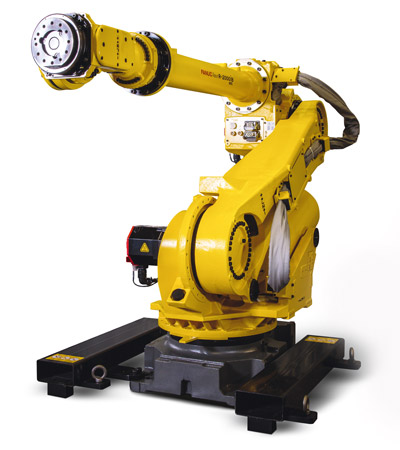
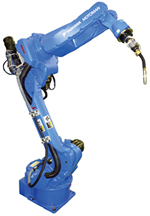
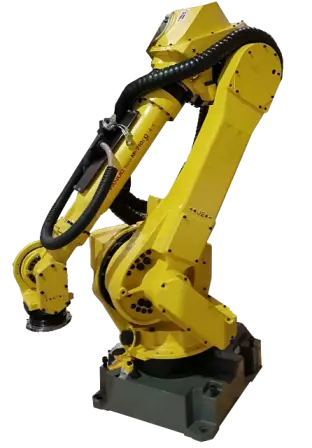
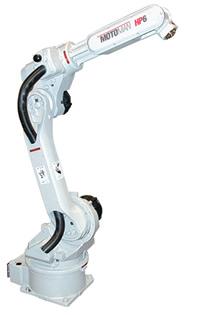
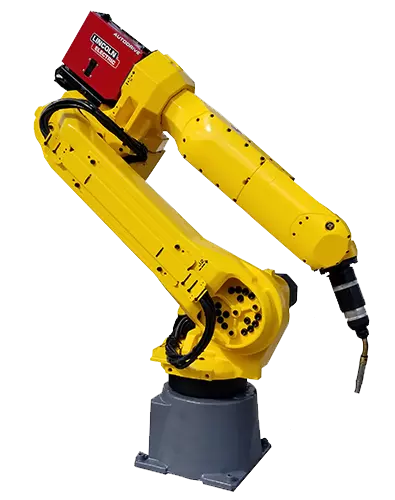
Industrial robots have become an integral part of many factories, warehouses, and other facilities. They are designed to perform repetitive or strenuous production tasks, relieving workers from labor intensive processes. The types of industrial robots vary considerably by structure, payload, reach, mass, and size. This has allowed them to be implemented across numerous industries. Industrial robotic arms are being used in the automotive, aerospace, food and beverage, medical device, construction, logistics, pharmaceutical, oil and gas, metals, and agriculture industries among many others. Just as the industries they are automating vary so do their uses. The top uses for factory robots include:
- • Welding - Robot manipulators are commonly used to automate arc, spot, laser, and other welding applications. The FANUC Arcmate 120ic is ideal for robotic arc welding. The use of welding robots is on the rise as a means to combat the welder shortage. As fewer welders are available to work, many companies are opting for robotic automation as the solution.
- • Material Handling - Material handling is another common use for industrial robotic arms. Handling robots are ideal for taking over the repetitive lifting and moving of parts in factories or warehouses. Material handling automation improves the safety, productivity, and efficiency of a manufacturing process.
- • Assembly - Six axis robots feature great accuracy, precision, and dexterity making them ideal for automating assembly tasks. There has become a greater demand for assembly robots like the FANUC Lr Mate 200ic as parts become smaller and more intricate.
- • Picking - Picking applications for robotic manipulators involve loading and unloading machines, placing or removing parts from a conveyor, sorting parts, and randomized bin picking. Advancements in robotic vision systems have expanded the capabilities of articulated robots allowing them to automate complex picking processes.
- • Machining - Machining automation was once dominated by CNCs, but now more manufacturers are using manufacturing robot arms as they provide greater flexibility. Industrial robot arms can perform milling, drilling, and reaming. They can also automate the tending of such machines.
- • Cutting - Cutting applications automated by robots include laser, plasma, waterjet, ultrasonic, and oxyfuel cutting. The ABB IRB 2600-20 is ideal for performing laser cutting tasks.
- • Finishing - Finishing processes are often necessary to remove unwanted material or to smooth the surface of workpieces. These processes require precision, accuracy, and concentration. Advancements in robotic force sensors have allowed for the successful automation of polishing, grinding, sanding, and deburring. Robots can measure the amount of force applied for accurate and consistent finishing.
- • Painting - Industrial robots are often used for the painting and coating of parts. These are highly repetitive processes that can be hazardous to workers which is why they are ideal for robotic automation.
- • Palletizing - Palletizing is another repetitive and strenuous manufacturing process that is well-suited for robotic automation. The Yaskawa MPL160 can quickly and efficiently stack boxes and containers onto pallets. Advancements in robotic palletizing technology include recognition of heavy boxes so they can be stacked on the bottom as well as reorienting boxes to maximize pallet stacking.
- • Quality Control - Quality control is a relatively new use of industrial robots thanks to more advanced vision systems. Robots can be used to test or inspect products ensuring the safety and quality of items.
Robots Done Right is the place to start when it comes to used robots. Contact us if you are interested in buying or selling a used robot.